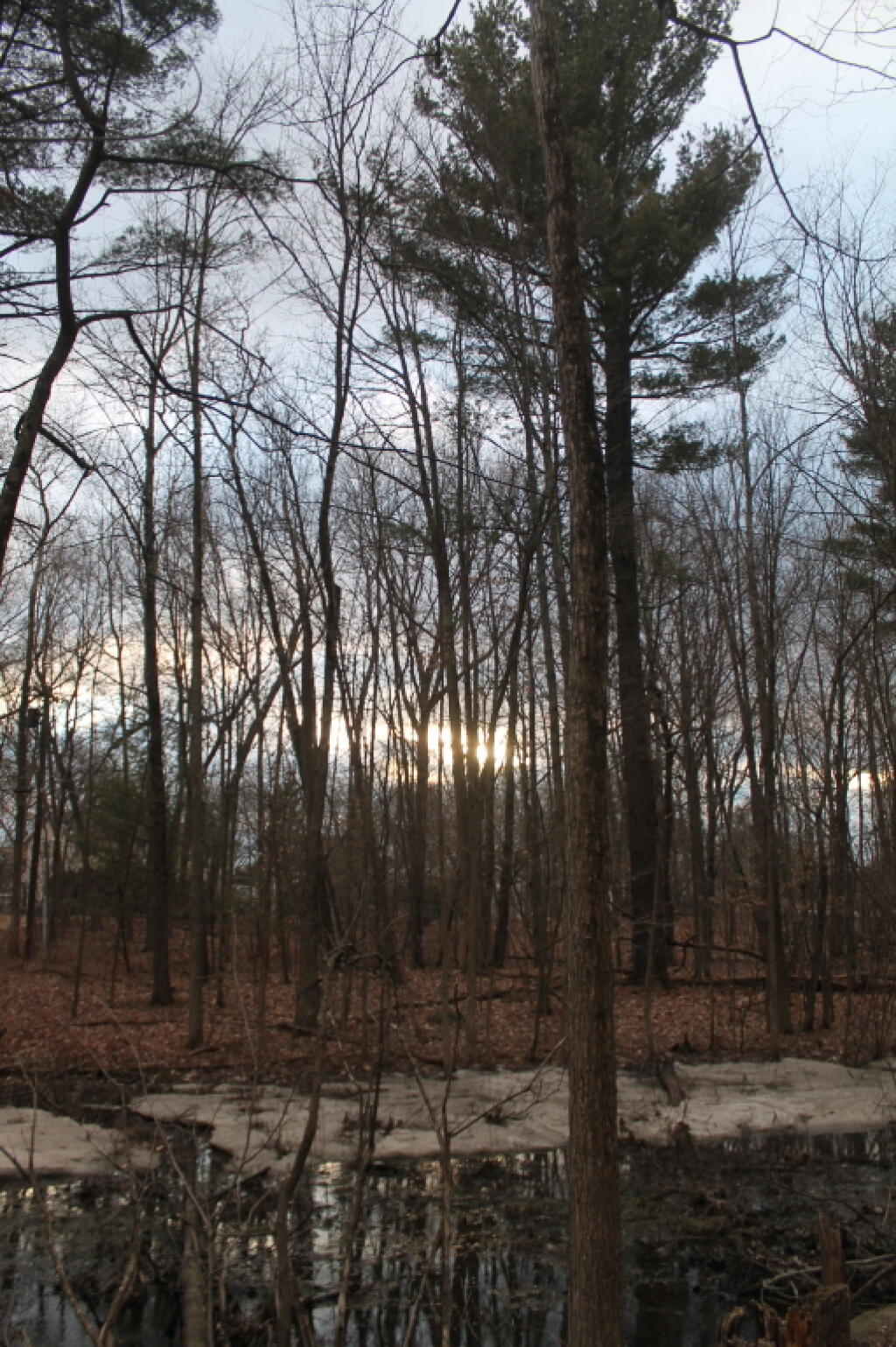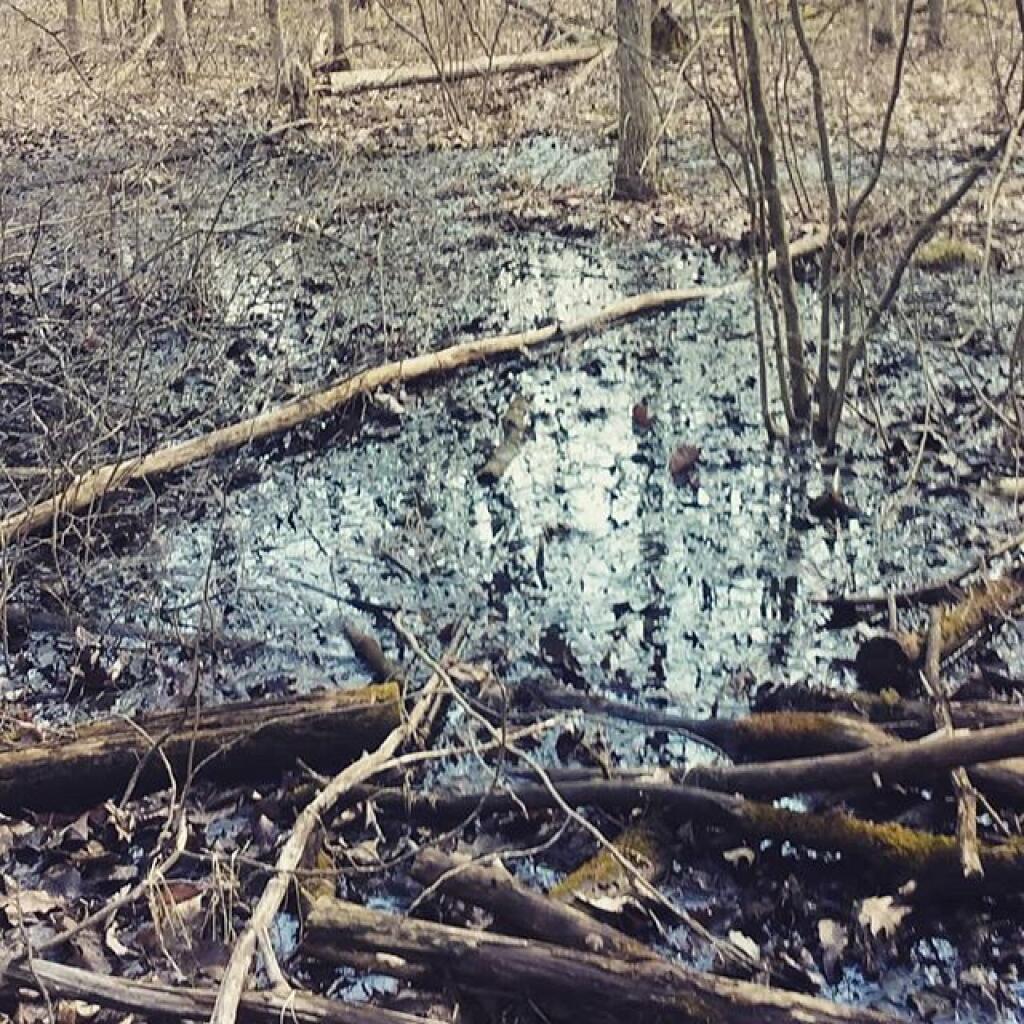Swift Wetland Preserve
Lows Lake
Wetlands that Start the Phillipin Kill
Darkening Skies
North Tarrytown Assembly
1995 - Before the closure and demolition of GM's North Tarrytown Assembly
2020 - North Tarrytown Assembly Demolished, environmental remediation underway, to be re-developed
A range of General Motors products were assembled in Tarrytown over the years; most were Chevrolet products, starting with the Chevrolet Series 490. Its last vehicles produced were GM's second generation minivans. These were the Chevrolet Lumina APV, Pontiac TranSport, and Oldsmobile Silhouette, but sluggish sales spelled the end for GM's Tarrytown operations with its 2100 employees.[1] It was closed at the end of June 1996 when production of minivans was moved to Doraville Assembly in Georgia.[2] Metro-North Railroad's Hudson Line runs through the property, and some of the siding tracks that used to serve the factory have been taken over by Metro-North as overflow storage tracks for Maintenance of Way equipment.
The plant was a noted polluter of the Hudson River. The plant used about 1 million gallons of water per day, which was returned to the river as waste. The plant's industrial waste (primarily lead chromate and other painting, cleaning, and soldering chemicals) would be emptied directly into the river. Domestic waste would be processed through the village's sewage treatment plant. Around 1971, the village's Sewer and Water Superintendent assured that the pollution reports were exaggerated, and that he and other residents would swim by a beach nearby, however Dominick Pirone, an ecologist and former director of the Hudson River Fishermen's Association (now Riverkeeper) was quoted as saying: "You can tell what color cars they are painting on a given day by what color the river is."[3]:
The site today is now being developed, with the parcel west of the railroad becoming a mainly-residential Toll Brothers development named "Edge-on-Hudson" and the east parcel retained by the Village of Sleepy Hollow for a new Department of Public Works garage and other facilities for the public.





